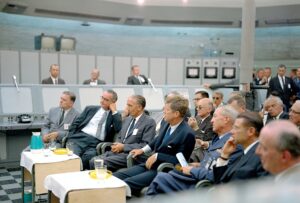Global Perspectives: IPTV Regulations Around the World
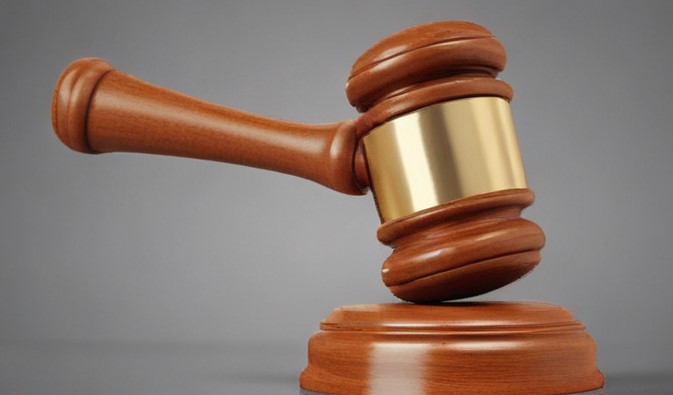
IPTV, or Internet Protocol Television, has rapidly surged in recent years, offering viewers diverse content delivered over Internet protocol networks. However, the regulatory landscape governing IPTV varies significantly from one country to another. This article provides an overview of the diverse regulatory approaches to IPTV around the world, shedding light on the international legal framework shaping the industry.
IPTV regulations differ widely across jurisdictions, reflecting varying cultural, political, and economic contexts.
Regulatory Approaches to IPTV
Countries employ different regulatory approaches to govern IPTV services, influenced by factors such as cultural values, technological infrastructure, and regulatory philosophies:
- Licensing Requirements: Some countries impose licensing requirements on IPTV operators, subjecting them to regulatory oversight and compliance obligations.
- Content Restrictions: Certain jurisdictions impose content regulations on IPTV platforms, prohibiting the dissemination of obscene, hateful, or politically sensitive material.
- Censorship and Surveillance: In authoritarian regimes, IPTV may be subject to censorship and surveillance measures aimed at controlling the flow of information and suppressing dissent.
- Net Neutrality: The principle of net neutrality, which advocates for equal treatment of internet traffic, may impact how IPTV services are regulated in countries with strong net neutrality protections.
- Competition Policy: Regulators may intervene to promote competition in the IPTV market, ensuring that consumers have access to a diverse range of content and service providers.
Case Studies: Contrasting Regulatory Approaches
Let’s examine the regulatory frameworks governing IPTV in a selection of countries:
- United States: The U.S. adopts a relatively hands-off approach to IPTV regulation, prioritizing free speech and market competition. However, the Federal Communications Commission (FCC) oversees certain aspects of IPTV, such as spectrum allocation and antitrust enforcement.
- China: In China, IPTV is tightly regulated by government authorities, who exercise strict control over content and distribution channels to uphold ideological conformity and social stability.
- European Union: The EU has adopted a harmonized approach to IPTV regulation, enacting directives and regulations that establish common standards for content licensing, consumer protection, and competition policy across member states.
Emerging Regulatory Challenges
As IPTV continues to evolve, regulators face new challenges in adapting existing legal frameworks to address emerging issues:
- Cross-Border Content Distribution: The global nature of IPTV complicates efforts to regulate content distribution across national borders, raising questions about jurisdictional authority and enforcement mechanisms.
- Data Privacy and Security: Regulators must address concerns regarding the collection, storage, and use of personal data by IPTV platforms, ensuring compliance with data protection laws and safeguarding user privacy.
- Emerging Technologies: The integration of emerging technologies, such as artificial intelligence and blockchain, into IPTV services, presents regulatory challenges related to transparency, accountability, and consumer protection.
READ ALSO: Importance Of Online Advertising For Government
Conclusion
The regulatory landscape governing IPTV is complex and multifaceted, reflecting the diverse legal traditions and policy priorities of different countries. While regulatory approaches vary widely, policymakers face common challenges in balancing competing interests and adapting to technological advancements. By fostering dialogue and collaboration at the international level, regulators can navigate these challenges and promote a regulatory environment that supports innovation, competition, and consumer welfare in the IPTV industry.

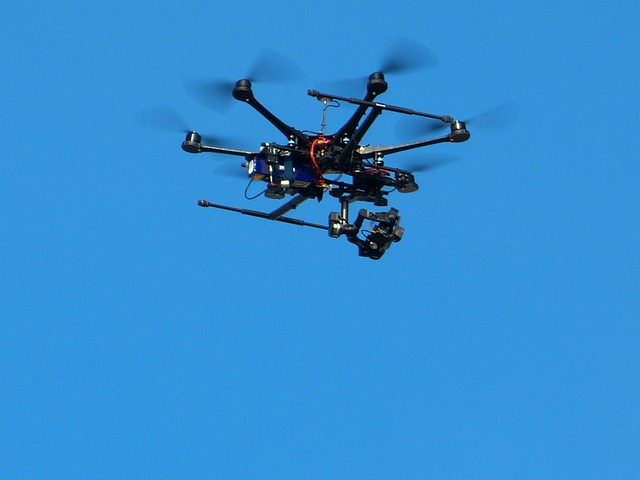


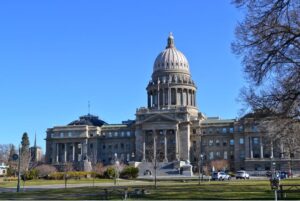

 When it comes to luxury car brands, Audi is often synonymous with elegance, performance, and cutting-edge technology. From its iconic four rings emblem to its sleek designs, Audi has established itself as a premier choice among automotive enthusiasts. One particular aspect that captures attention and elevates the overall aesthetics of an Audi vehicle is its rims (in Netherlands, it is Velgen Audi if you are pertaining to the rims of Audi).
When it comes to luxury car brands, Audi is often synonymous with elegance, performance, and cutting-edge technology. From its iconic four rings emblem to its sleek designs, Audi has established itself as a premier choice among automotive enthusiasts. One particular aspect that captures attention and elevates the overall aesthetics of an Audi vehicle is its rims (in Netherlands, it is Velgen Audi if you are pertaining to the rims of Audi). Governments have recognized the influential role of religion in shaping public opinion and values. Religious institutions can serve as a moral compass for citizens, providing a shared moral framework that can shape political and social decisions. Partnering with churches can benefit governments in many ways, as it can help create a sense of unity, shape public opinion, and promote religious freedom. Learn more about spiritual and religious beliefs from churchofcypruseu.
Governments have recognized the influential role of religion in shaping public opinion and values. Religious institutions can serve as a moral compass for citizens, providing a shared moral framework that can shape political and social decisions. Partnering with churches can benefit governments in many ways, as it can help create a sense of unity, shape public opinion, and promote religious freedom. Learn more about spiritual and religious beliefs from churchofcypruseu. 
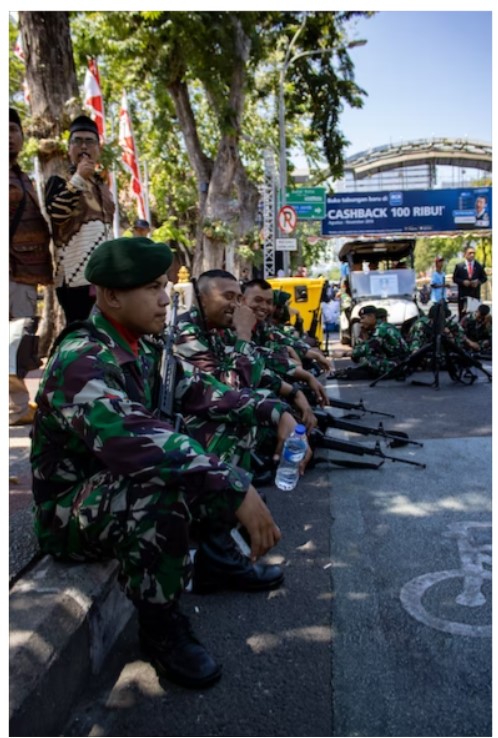 In today’s digital age, it is crucial for government and infantry organizations to maintain a strong online presence. With the majority of people using search engines to find information and services, having a well-optimized online presence can help these organizations reach a wider audience and increase their online visibility. This is where an SEO consultant can play a crucial role.
In today’s digital age, it is crucial for government and infantry organizations to maintain a strong online presence. With the majority of people using search engines to find information and services, having a well-optimized online presence can help these organizations reach a wider audience and increase their online visibility. This is where an SEO consultant can play a crucial role.


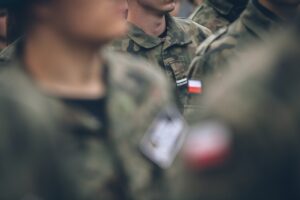
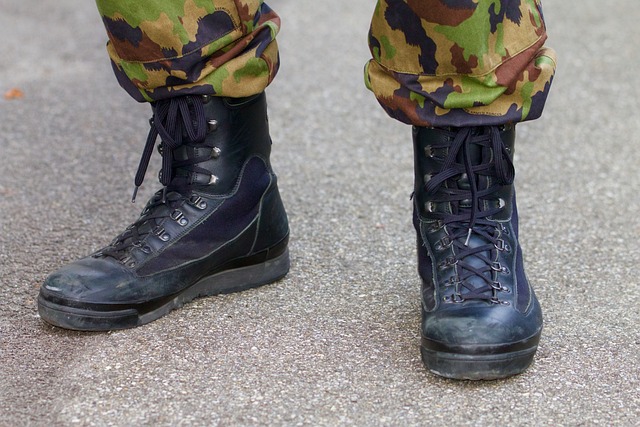









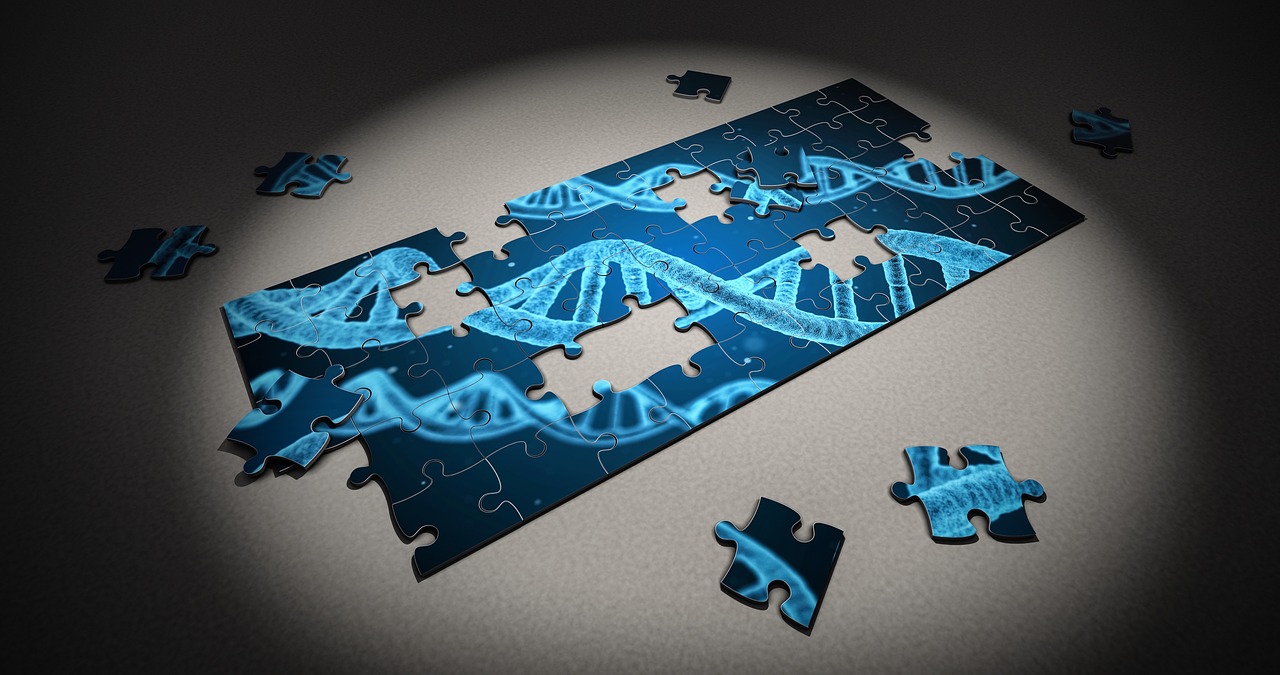


 Amidst historic wildfires and a world pandemic, virtual worlds hold a direct appeal. Yet, lot of parents fear that video games pose risks of their own—that these enticing digital ecosystems may interfere with children’s physical, emotional, and cognitive development. Check download pc games gs2us to know more about games. Institute of Digital Media and Child Development made a gaggle of the world’s leading researchers, psychologists, former gamers, and educators to debate the newest research on this favorite adolescent pastime and develop these practical tips for folks.
Amidst historic wildfires and a world pandemic, virtual worlds hold a direct appeal. Yet, lot of parents fear that video games pose risks of their own—that these enticing digital ecosystems may interfere with children’s physical, emotional, and cognitive development. Check download pc games gs2us to know more about games. Institute of Digital Media and Child Development made a gaggle of the world’s leading researchers, psychologists, former gamers, and educators to debate the newest research on this favorite adolescent pastime and develop these practical tips for folks.